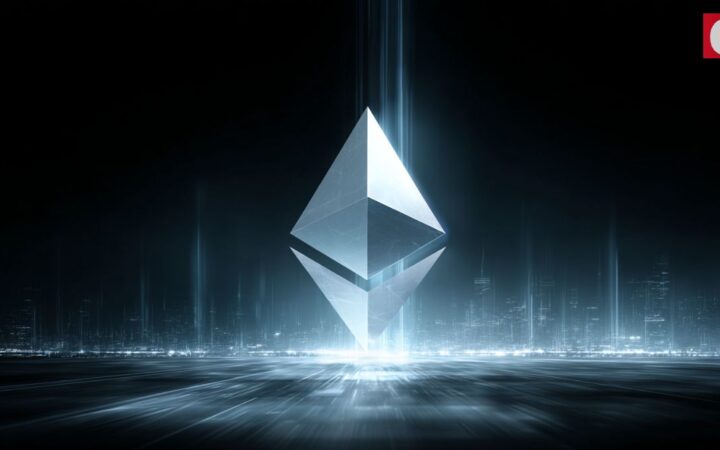
Mercy Mutanya is a Tech enthusiast, Digital Marketer, Writer and IT Business Management Student. She enjoys reading, writing, doing crosswords and binge-watching her favourite TV series.
OneOf already has 212 major NFT releases planned for its first 12 months of operation.

NFT platform OneOf completed a successful seed funding round, raising $63M. The money will be put to use in building an environmentally friendly platform where artists could make their work available as NFTs to fans.
The company is part-owned by music mogul Quincy Jones, Quincy Jones Productions President Adam Fell, digital media executive Joshua James and Tech entrepreneur Lin Dai. Mr Dai will also serve as the company’s CEO. The round had some notable investors including environmental activist Bill Tai, Nima Capital’s Suna Said, Sangha Capital, tech investor Jack Herrick and the Tezos Foundation.
The music-centric platform will launch in June. Collectables from various artists including Jacob Collier, Quincy Jones, the late Whitney Houston, John Legend, TLC, Charlie Puth, Alesso and rappers Doja Cat and G-Eazy are expected to be part of the first set to be released.
In addition to cryptocurrencies and stablecoins, the OneOf platform will support over 135 fiat currencies and music fans will be able to make NFT purchases using their debit or credit cards.
Most NFT platforms are hard to navigate for some people with prices displayed in crypto. Additionally, up to now, NFTs are characteristically “pricey”. This can be attributed to the high cost of minting on the Ethereum network. Minting an NFT can cost as much as $150 and to turn a profit, it will have to be priced above that amount. this places the NFT well out of reach of the shoppers looking to buy something in the $10 – $30 range. Also to be taken into consideration is the effect of minting on the environment.
OneOf attempts to remedy this by building the network on the Dapper Labs-built Tezos network.
Dai explains that “[The Dapper Labs team] came to the conclusion that Ethereum was just not able to scale and support NFTs. Dapper was processing so many transactions that they actually slowed down Ethereum to a crawl. [Ethereum] couldn’t process transactions fast enough. But also, because they were processing so many transactions, the cost skyrocketed. So, they spent the next two and a half years building their own blockchain.”
Tezos also uses a more efficient liquid PoS system. According to Dai, NFTs on the Tezos network require 2 million times less energy than on the Ethereum network. Tezos NFTs therefore will use the same amount of energy as sending out a tweet does. The network is not completely “green” though. and so, OneOf has pledged to donate 5% of its earnings per sale to either a charity nominated by the artist or an organisation dedicated to an environmental cause. Fell cites the efficiency of the network as one reason he and Quincy agreed to the deal.
“This is one of the big reasons why Quincy and I got involved,” says Fell. “We knew that there were plenty of artists that wouldn’t adopt the platform unless it was environmentally conscious. This solution got the artists really excited […] These guys were really early on it. When they told us about the money they’d raised, the environmentally-conscious approach they were taking, and the democratization they were pursuing by allowing artists at any level of success to use these NFTs to benefit their careers, we got really excited. That was an easy thing to articulate to Quincy because he cares deeply about artists and musicians.”
OneOf already has 212 major NFT releases planned for its first 12 months of operation.
Disclaimer: Coinspeaker is committed to providing unbiased and transparent reporting. This article aims to deliver accurate and timely information but should not be taken as financial or investment advice. Since market conditions can change rapidly, we encourage you to verify information on your own and consult with a professional before making any decisions based on this content.

Mercy Mutanya is a Tech enthusiast, Digital Marketer, Writer and IT Business Management Student. She enjoys reading, writing, doing crosswords and binge-watching her favourite TV series.




